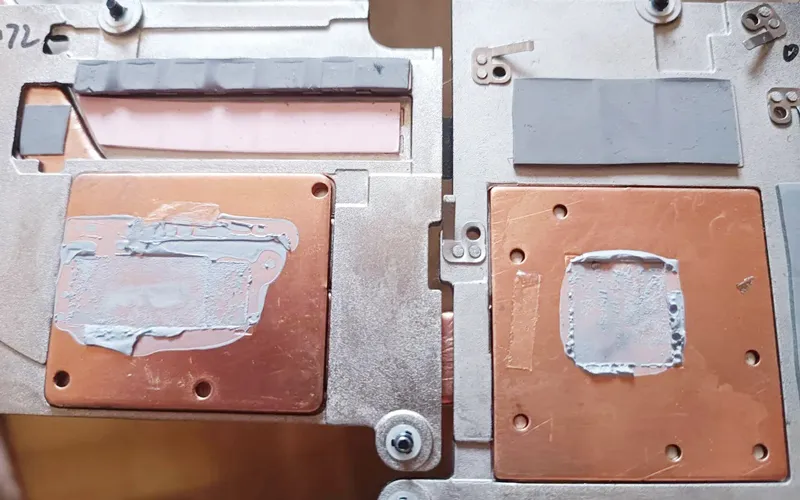Will Heat Transfer Gel Cause Short Circuits?
- Posted on:2024-01-10 09:40:00
- Source:AOK Thermal Pad Manufacturer FAQs
Heat transfer gel, commonly known as thermal paste or thermal compound, is typically used to improve heat transfer between electronic components and heat sinks. When applied correctly, thermal paste helps fill microscopic gaps and air pockets, enhancing thermal conductivity and reducing thermal resistance.
Material selection: The first step is to select the base material for the thermal pad. Common materials used include silicone elastomers or non-silicone polymers. The choice of material depends on factors such as thermal conductivity requirements, electrical insulation properties, flexibility, and cost.
Heat transfer gel itself is not conductive or electrically conductive. However, it's essential to use thermal paste properly and avoid any excess or spillage onto electrical components or circuitry. If thermal paste comes into direct contact with electrical contacts or circuits, it can potentially cause short circuits and damage the components.
To prevent the risk of short circuits, it's important to follow these guidelines when applying thermal paste:
Apply an appropriate amount: Use only the necessary amount of thermal paste to create a thin, uniform layer between the component and the heat sink. Excessive application can lead to excess thermal paste that might spread to unwanted areas.
Avoid contact with electrical components: Take care to prevent thermal paste from coming into contact with electrical contacts, circuitry, or any exposed conductive parts. It's crucial to apply the paste precisely to the designated area without spilling or smearing onto other components.
Clean up any excess: If thermal paste does come into contact with electrical components, it's important to clean it up carefully using isopropyl alcohol or a dedicated electronic cleaner. Ensure that the components are completely dry before reassembling or powering on the device.
By following these precautions and applying thermal paste correctly, the risk of short circuits caused by the thermal paste itself can be minimized.
If you would like to learn more about AOK performance thermal materials, please visit our website at www.aok-technologies.com


